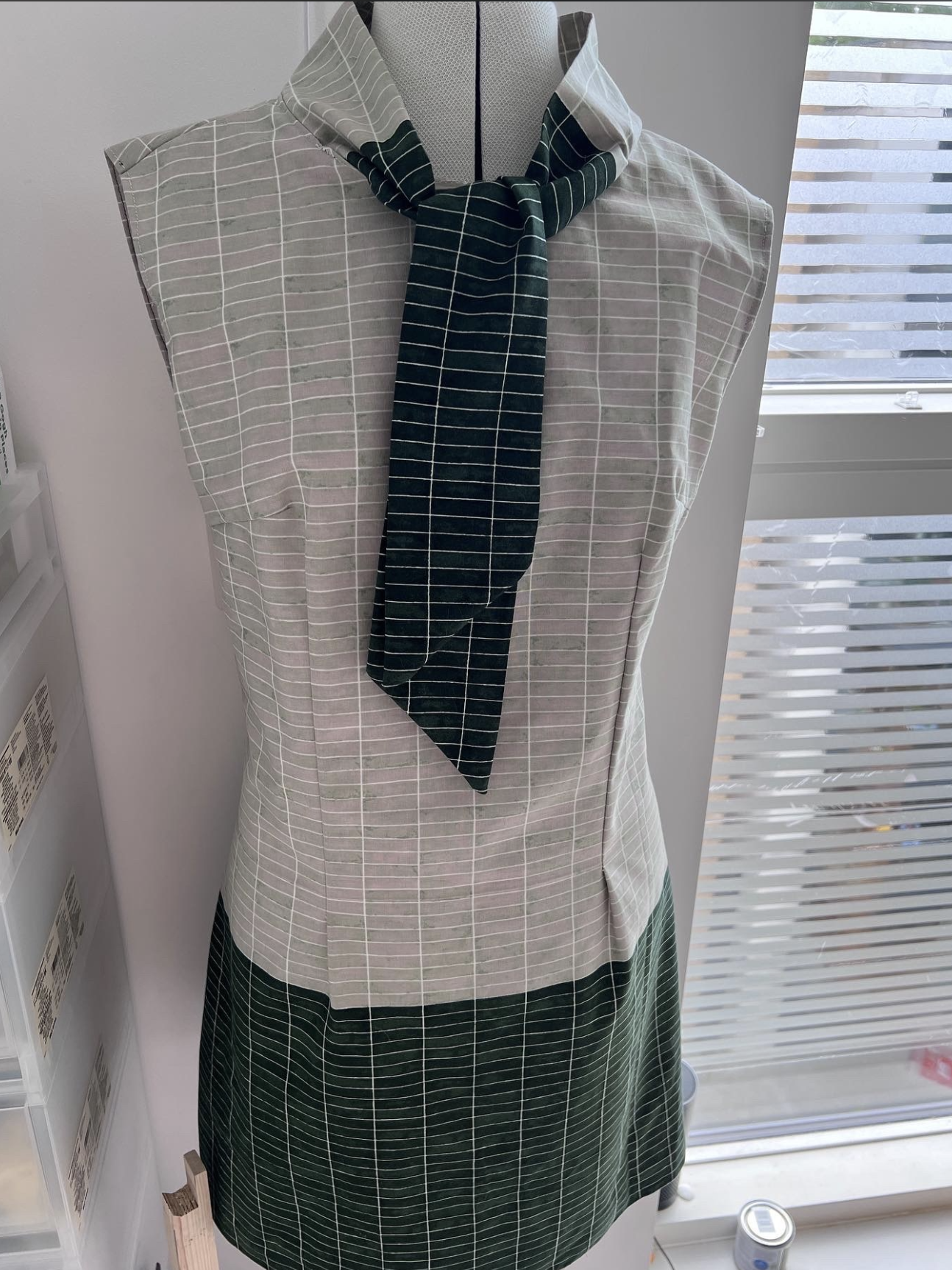🪡Stitching Success - 3 Tax Tech Wisdoms from Sewing and Dressmaking 👗
The COVID-19 pandemic brought an unexpected amount of downtime, leading many of us to pick up new hobbies to keep ourselves engaged. One of my favourite new hobbies I picked up during the pandemic was dressmaking. Although it might seem worlds away from my professional life in tax technology, I discovered that the careful art of tailoring has some surprisingly relevant lessons for my work. Here are the top three.
🔑Planning is Key
In sewing, every step is crucial - from accurate measurement to design, translating the design into patterns, and finally, assembling the pieces into a seamless garment. Miss a step, or get your measurements wrong, and you’ll end up with a piece that doesn’t fit right or a seam that’s obviously exposed.
Similarly, in tax technology, you can’t just dive headlong into problem-solving without first understanding the root cause. For instance, instead of rushing to automate a reconciliation process for detecting over/underpayment of VAT, you may be served far better by digging in a little further on the root cause of the discrepancy - might the real issue be due to a source of rounding calculation not being at a per-transaction basis? Your technology solution would differ a lot if it is case. It would be like sewing a dress without triple checking the measurements and planning the order of work. Planning is key, and knowing what you’re dealing with will save you a lot of trouble down the line.
‼️Attention to Detail is Crucial
In dressmaking, the devil truly is in the details. Some fabric frays, and while it’s tempting to save time by cutting corners - especially if those seams are hidden away from sight - overlocking every piece of fabric ensures the end garment is durable. A frayed corner might seem minor, but it could eventually ruin the integrity of the entire piece of garment.

Tax technology projects are no different. When working towards a deadline, we often wonder just how far a feature can be developed, a process can be automated, or a product can be released. But rushing through, cutting corners, or overlooking proper testing to test code integrity and edge case handling, just like in dressmaking, can lead to tech debt, undesirable outcomes, and even more serious consequences in the long run.
🤸🏻The Need for an Agile Process
In sewing, even when I measure accurately and follow every step of the pattern book, the end garment might still be too loose or too snug. The only way to achieve a perfect fit is to continually try it on and make adjustments, even if that means often getting jabbed by a fabric pin (ouch!).
In tax technology projects, the process is remarkably similar. We need to constantly reassess, document, and keep checking our progress to ensure that we are on track towards our ultimate goal. It’s a bit like getting jabbed by those fabric pins; the process can be painful and time-consuming, but it’s the only way to ensure a perfect fit.
Since the start of the pandemic in January 2020, I’ve not only delved into the art of dressmaking but have also found new depth in my understanding of my profession - Tax Technology. The meticulous planning, attention to detail, and the necessity of an agile process in sewing translate directly into my professional life. For me, dressmaking has become more than just a hobby - it’s an unexpected masterclass in managing tax technology projects. So, the next time you pick up a new hobby, keep in mind - there could be hidden lessons in the most unexpected places!